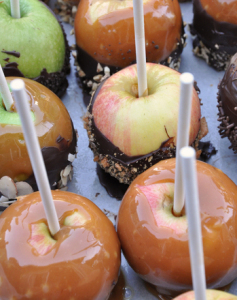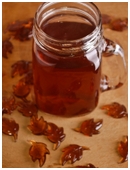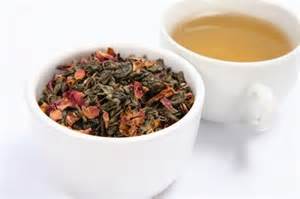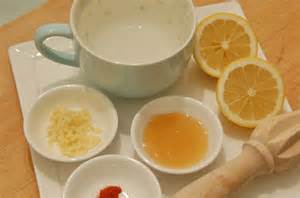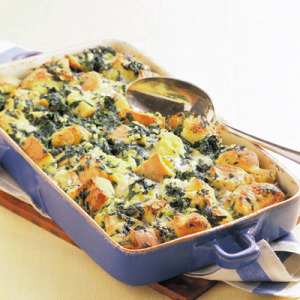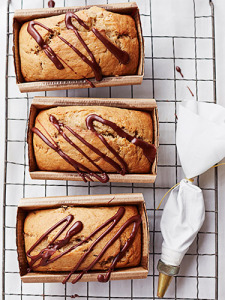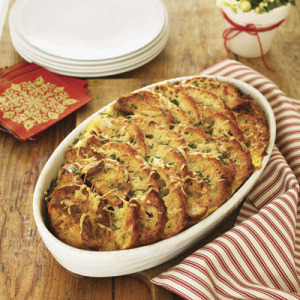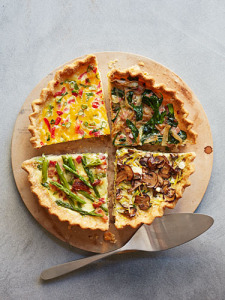10 Reasons You Should Eat Blueberries Every Day
Life is crazy. Overs scheduled, nerve-racking and harried. And yet we all know that eating healthfully has to be a priority. Fueling your body with the best nature has to offer helps cope with those stresses and feel energetic, nourished and clean on the inside and out.
The good news is that there are shortcuts to getting the job done without cutting corners. Like eating a few handfuls of organic wild blueberries every day. Yep, we mean it! That’s 365 days a year. When you consider the cream of the crop of fresh-food options—accessibility, storage, taste and labor vs. nutritional payoff, absolutely nothing beats these purple little wonders. Here’s why.
1) Wild blueberries may contribute to the fight against your biggest health fears.
It seems like there’s hardly a bodily complaint that blueberries don’t have an answer for. Jam-packed with nutrients, the little globes get their unique purplish hue from anthocyanin, a potent flavonoid antioxidant that may help protect you from serious illness like cardiovascular illness, neurodegenerative disease and cancer.
2) They fight inflammation.
It’s today’s ultimate buzzword—and that’s because chronic inflammation affects so many people in the form of arthritis (and related joint issues), skin problems, metabolic syndrome and possibly even increased risk of the scarier diseases mentioned above. In one recent study, obese rats that ate the human equivalent of two cups of wild blueberries per day for eight weeks experienced a significantly improved inflammatory response.
3) They may help keep you sharp.
Flavonoids act to protect cells all over your body, including neurons, the nerve cells that transmit thoughts, feelings, memories and more. Keeping these crucial players in top shape will keep you on your toes, so to speak. Research shows that a diet containing blueberries or blueberry extract may enhance memory function, balance and coordination.
4) They help you maintain the brightest skin possible.
Organic wild blueberries’ vitamin A and C are necessary for the health of collagen, your skin’s support structure. Eating foods rich in these nutrients may help slow the development of wrinkles, sagging and dark circles. The berries also contain water, which keeps skin hydrated, bouncy and young looking.
5) In terms of antioxidant power, they’re the absolute best.
Maybe you’re thinking, Sure, but all produce contains antioxidants. The truth is that blueberries have more! In study after study, blueberries outrank other powerhouses, like strawberries, cranberries, blackberries and apples, in terms of their total antioxidant activity. And—if you really want to get specific—blueberries that grow in the wild pack at least twice the nutritional value as their cultivated counterparts. In fact, many researchers choose wild blueberries for their studies, since those are known to be so much more potent.
6) They’re tough.
Just because they’re small and cute doesn’t mean they don’t know how to survive. Some of the sweetest, nutritionally rich blueberries out there grow in the Alaskan wild, fighting to thrive in the frigid temperatures. This battle for survival yields a particularly hardy fruit that’s packed with mega doses of antioxidants and medicinal compounds.
7) They’re delicious.
Ultimately, we all know that this is the most important part. Blueberries taste good.
Incorporate them into your cereal, yogurt, smoothie, ice cream, muffin or other, and you’re sure to be upping the delish factor of your meal. One tip: Wild blueberries tend to do better in taste tests than the larger cultivated kind, so buy them when they’re available!
8) They’re all give, no take.
Sure, fruits like pineapple and pomegranate are healthy and tasty. They’re also a pain in the rear. All the peeling and chopping and discarding—you literally have to put muscle into harvesting your breakfast. OK, that labor can be worth it. But compare that to blueberries: All you have to do is rinse and dump into a bowl or gobble them up by the handful. Like candy!
9) You can totally save them for later, they won’t mind.
Blueberries are so tough that preserving them doesn’t hurt their nutritional power. Buy them dried or frozen, or get them fresh and preserve them yourself—they’ll keep for months. Aloha’s Daily Good Greens, a simple dried-powder pack that you can take anywhere, contains plenty of wild blueberry goodness.
10) Your kids will love them.
Monkey see, monkey do—especially when what you’re doing is eating something sweet, delicious and toddler-sized! Think of the wonders all those healthy antioxidants can do for your child’s young, developing body and mind. Snack time: solved.

Kate is the founder of Learn and Grow Books, which is a website for parents and teachers of pre-K children.


